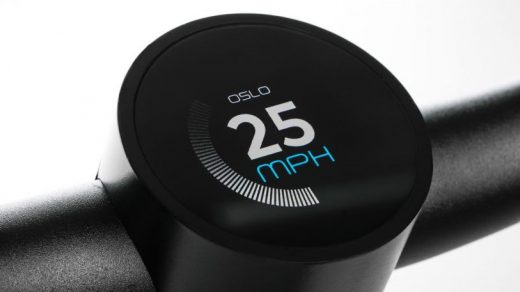Could this half-bike, half-scooter create a new form of urban transit?
As electric scooters proliferate in cities, a new transportation company is arguing that we need to rethink micromobility—and that a scooter-inspired electric bike might be more likely to get people out of cars for short trips.
“We borrow some of the thinking behind scooters,” says Hong Quan, founder of Karmic, a startup that launched its first electric bike in 2015 and is launching its new vehicle, called the Oslo, on Kickstarter today. “It’s a very friendly design, very easy to use. It’s not intimidating. It doesn’t look like a bike. Most people don’t even want to use bike share because they look at it like, ‘I’m not a cyclist.’”
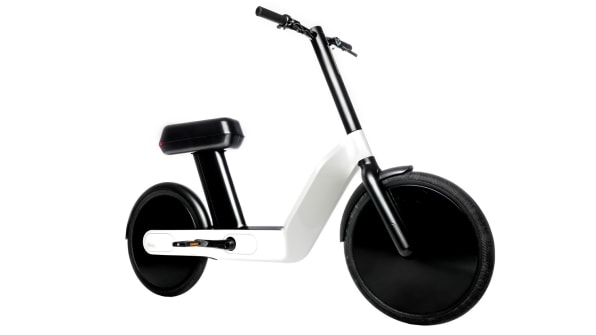
He argues that the design of a bicycle is fundamentally safer on roads than balancing on a scooter, despite the fact that people don’t necessarily perceive the danger of electric scooters (and don’t typically wear helmets while riding them). The Oslo can legally go in a bike lane or road, like any other bike. Like other electric bikes, it’s easy to ride, with “pedal-assist” from an electric motor whenever someone needs more power, at speeds up to 20 miles an hour, the legal limit. But like a scooter, the Oslo has a throttle that can be used when someone doesn’t want to pedal, or for a faster start from a red light.
The company plans to eventually offer a shared model for people who can’t afford to buy a new electric bike, but is beginning by selling the vehicle directly. It recognized that the business model for shared scooters is tenuous at best, and that if people rent scooters very often, it’s actually cheaper for them to buy this vehicle, at $1,500. “There’s nothing good at that price point . . . most of the [electric] bikes at that price are kind of junky,” he says. “This is the first really high-quality product at that price point.”
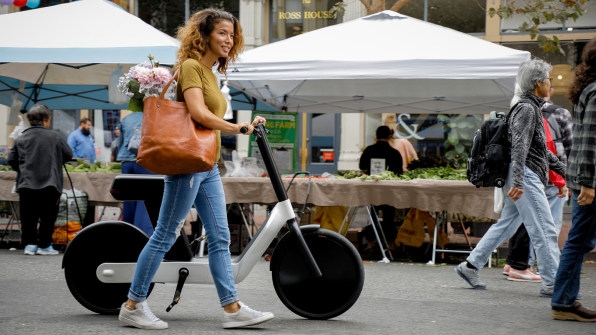
Quan thinks that the vehicle can be more compelling than driving for city-dwellers. The name is an homage to the city of Oslo, which recently transformed its city center to become car-free. Amsterdam has similar plans to remove 11,000 parking spots. Paris is redesigning itself to limit cars. Even car-centric Los Angeles is trying to figure out how to dramatically reduce driving. The battery provides assistance for 20 to 25 miles of riding—more than enough for typical city commutes and running errands in a day—and “you charge it at night like you do your phone,” Quan says.
“I think a lot of major cities will make the shift away from cars, at least in city centers,” says Quan. “So that’s where we imagined these would be used.” Even now, cars are a hassle in crowded cities, whether someone is spending hours stuck in traffic, driving around a neighborhood trying to find parking, paying for parking, or dealing with break-ins because they park on the street. “If you do a 30-, 40-mile commute, sure, you’re going to keep your car,” he says. “We’re not saying that you should give up your car and do a bike commute that long. But most trips that are done in that kind of 5- to 10-mile range can be done better, faster, cheaper.”
The new bike was designed to be a better experience than driving (Quan acknowledges that getting people to prefer a bike over a car in inclement weather remains a challenge, although in cities where biking is now the standard mode of transportation—like Amsterdam—riding in the rain isn’t seen as an issue). The ability to avoid traffic congestion, and the reduced cost of buying and maintaining the vehicle, like other bikes, might convince some drivers to switch. “To get people out of cars, you have to provide them a true alternative,” he says. “You can’t just give them a toy. You have to give them a real vehicle.”
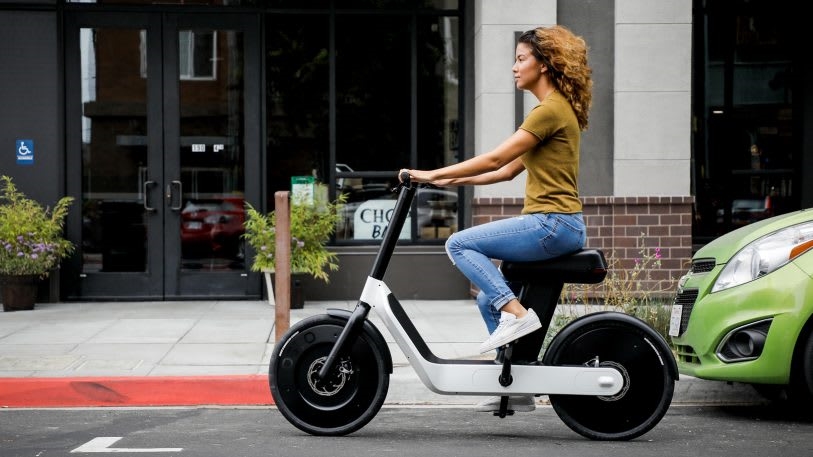
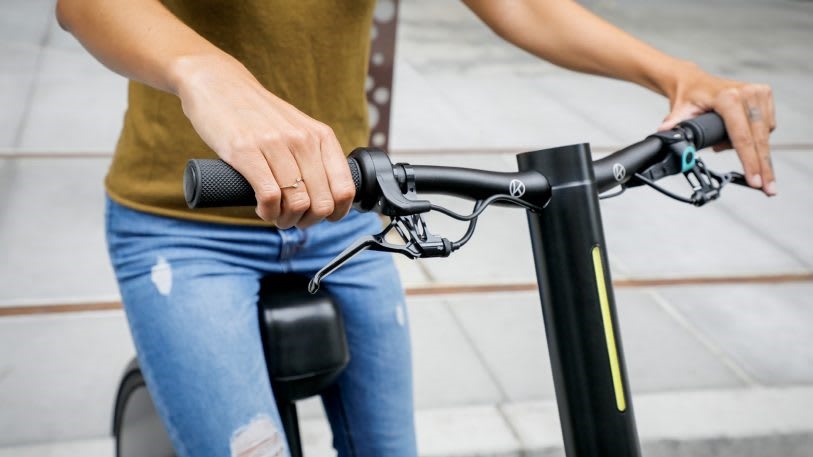
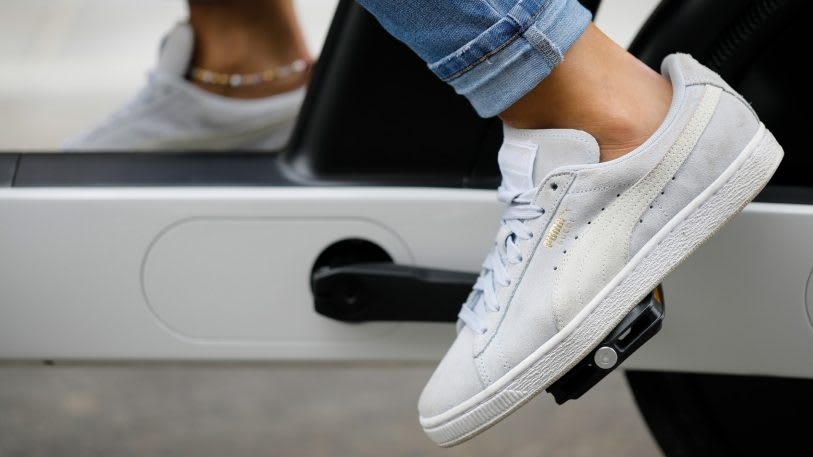
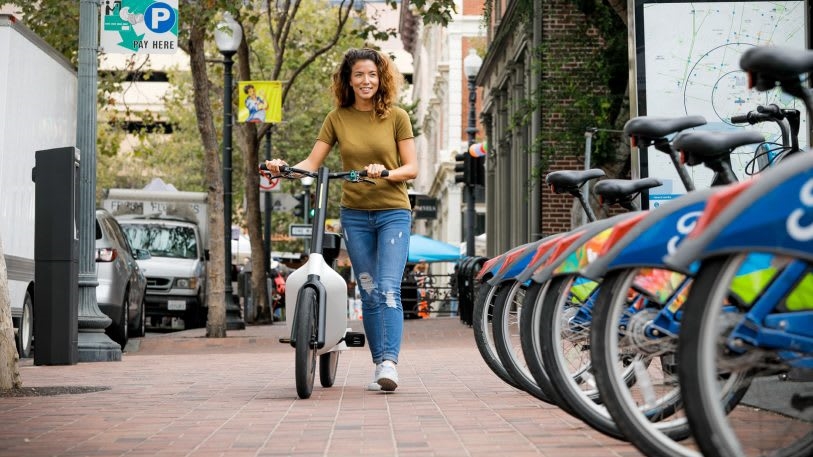
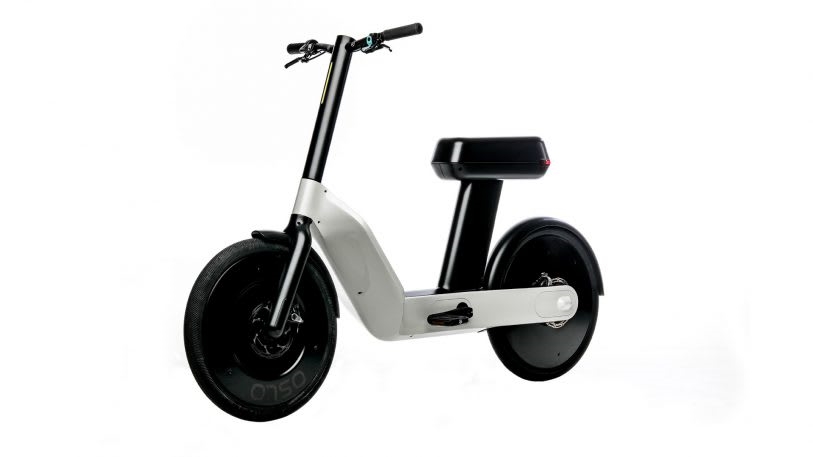
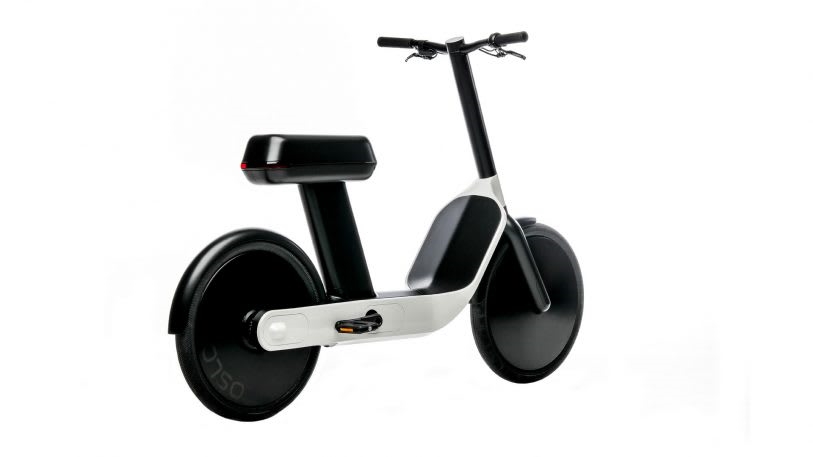
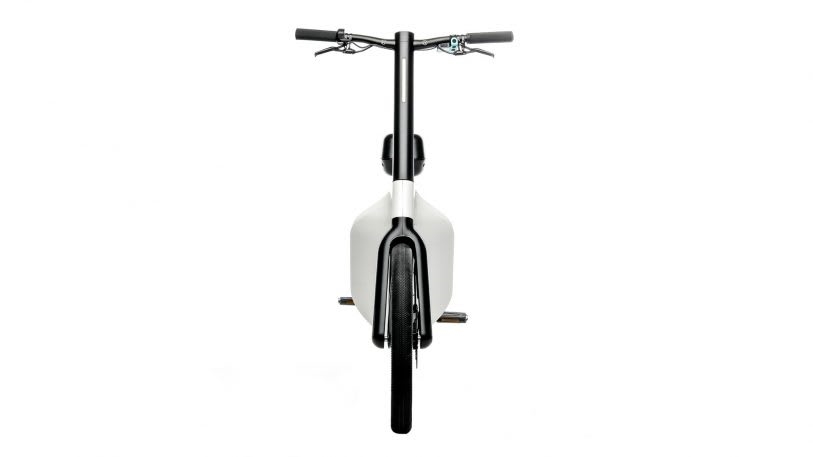
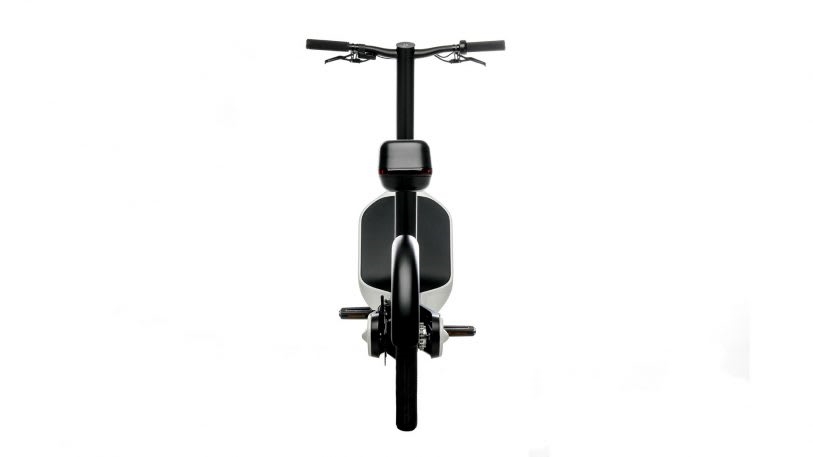
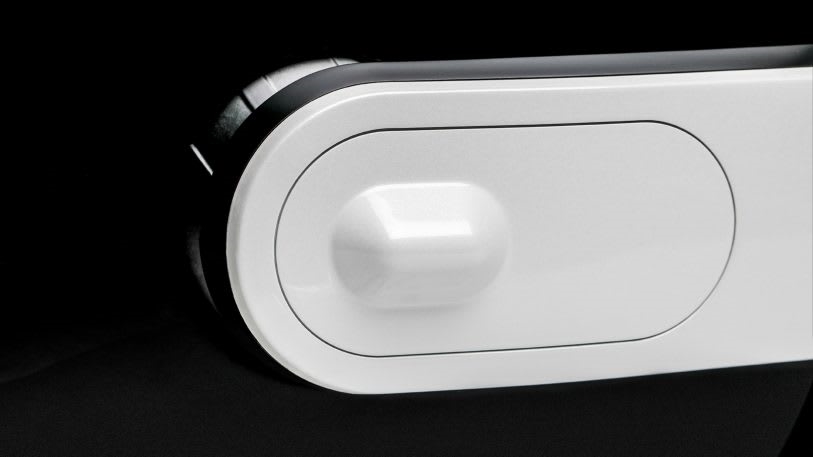
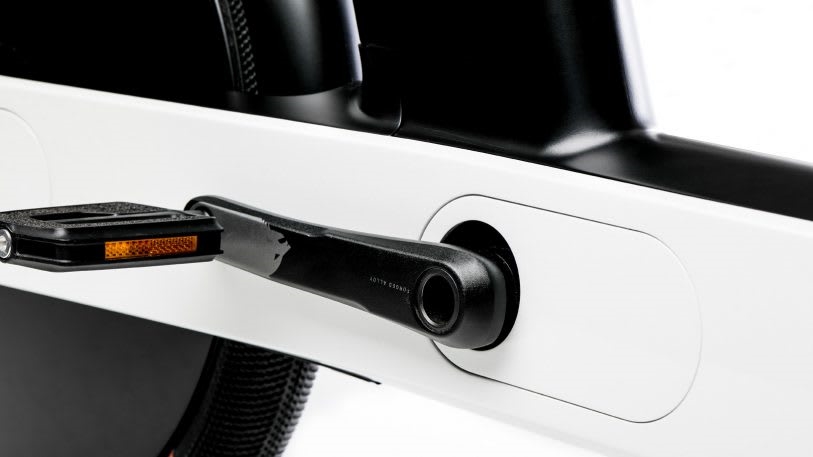
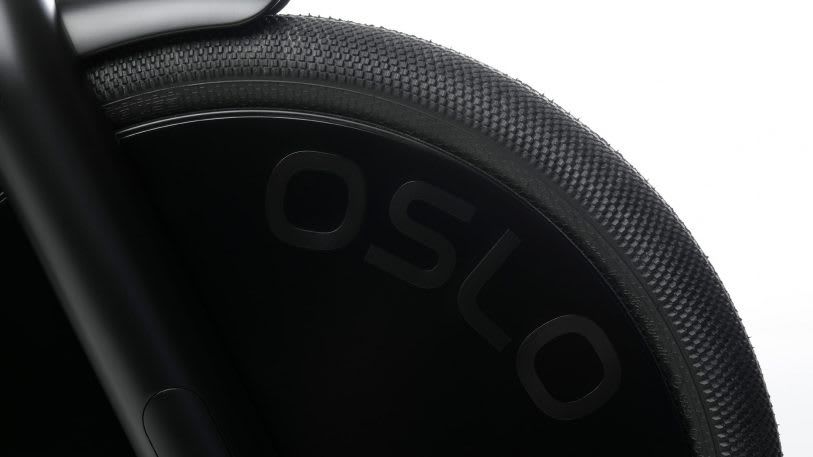
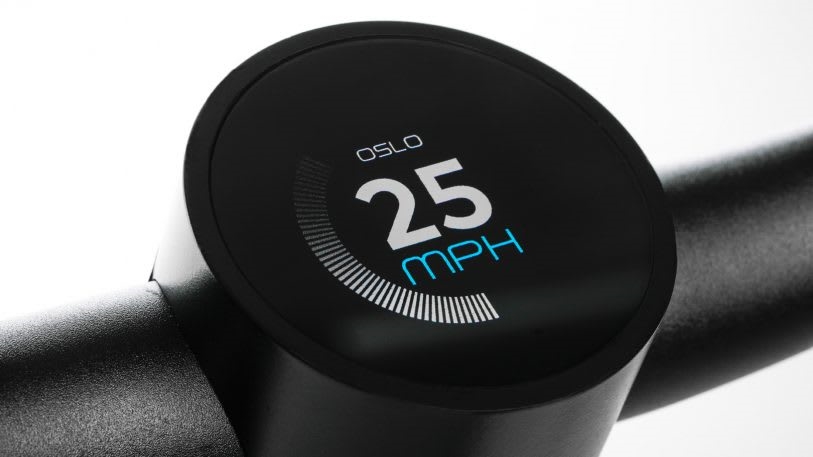
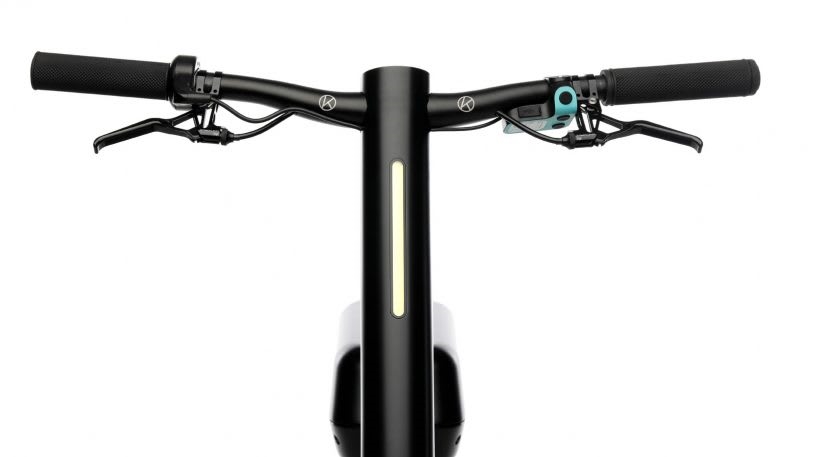
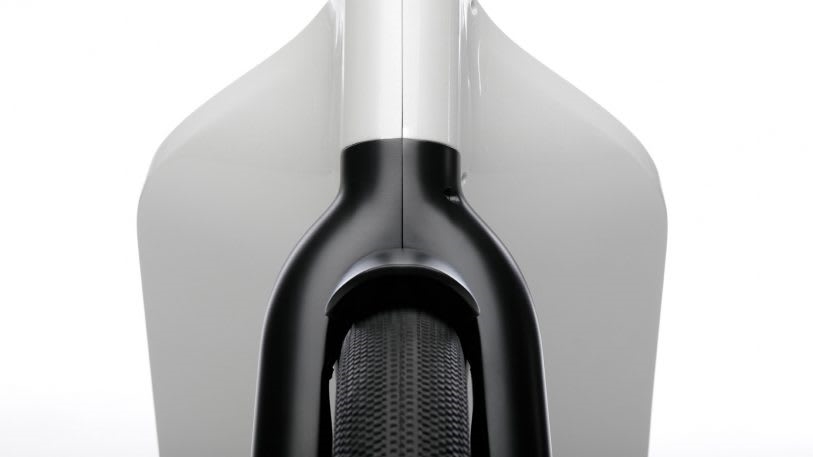
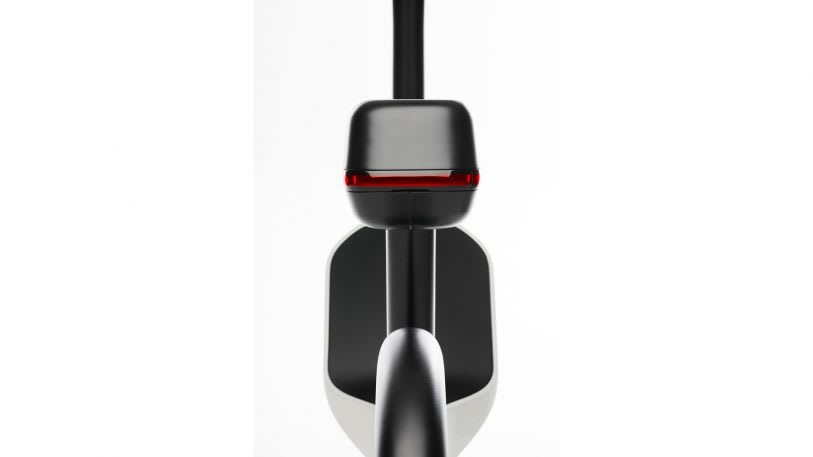
(45)

